Exploring the Inside Passage
The Inside Passage is a scenic and historically significant waterway along the Pacific coast of North America,
the Inside Passage offers breathtaking views, diverse wildlife, recreational opportunities, and a chance to immerse oneself in the rich cultural heritage of the towns along the route.
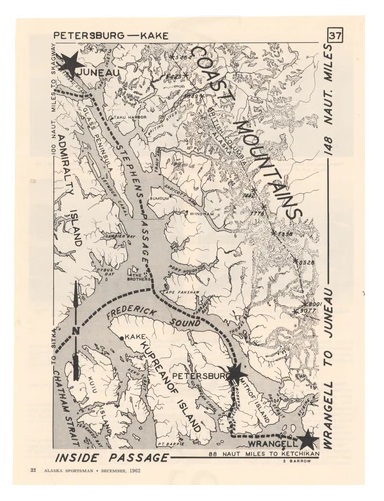
Overview of the Inside Passage
The Inside Passage, located along the Pacific coast of North America, is a mesmerizing and sheltered waterway that spans about 1,500 miles, making it a prime choice for maritime voyages. This enchanting route is famed for its labyrinth of channels, verdant islands, and majestic fjords, creating a haven for ships and boats to navigate while reveling in the beauty of the natural surroundings.
For instance, as boats cruise through the Inside Passage, passengers are treated to a spectacle of lush forests, towering mountains, and pristine waters, offering a unique opportunity to witness the region's diverse landscapes up close.
Moreover, the Inside Passage isn't just a means of transportation; it's a gateway to a world of adventure and exploration. As vessels journey along this scenic passage, travelers have the chance to engage in a myriad of activities that showcase the area's rich biodiversity and cultural heritage. From kayaking in tranquil coves to hiking along rugged trails with panoramic views, there are endless opportunities for visitors to immerse themselves in the wonders of the Inside Passage.
Additionally, the route's historical significance and connection to indigenous communities add a layer of depth to the overall experience, allowing travelers to appreciate the region's past while embracing its natural splendor.
Historical Significance of the Inside Passage

For thousands of years, the Inside Passage has been a vital lifeline for Indigenous peoples such as the Tlingit, Haida, and Tsimshian, who have relied on its intricate network of waterways for transportation and access to valuable resources. These communities have a deep connection to the land and sea, with traditions and cultural practices that are closely tied to the rich biodiversity of the region.
For example, the Tlingit people have a long history of harvesting salmon from the rivers and streams along the Inside Passage, showcasing their sustainable use of natural resources.
In the 18th century, European exploration of the Inside Passage began with Russian explorers and fur traders navigating these waters in search of new trade routes and resources. This era of exploration brought about cultural exchanges between Indigenous peoples and European settlers, shaping the history and heritage of the region.
The Russian influence can still be seen in places like Sitka, where the Russian Bishop's House stands as a reminder of the colonial past and the fur trade that once thrived in these waters. The blend of Indigenous and European histories along the Inside Passage offers a unique perspective on the interconnections of cultures and the impact of maritime exploration on the development of the area.
Geographic Features of the Inside Passage
The diverse geography of the Inside Passage offers a captivating blend of natural wonders and challenges for travelers. Beyond the lush rainforests and towering mountains, the route is dotted with hidden gems like the ghostly remnants of old shipwrecks submerged in its depths, adding an element of mystery to the journey.
Explorers can witness the remnants of these maritime mishaps, serving as a reminder of the rugged conditions that have shaped the history of the region.
Moreover, the Inside Passage's intricate network of fjords and inlets provides a haven for marine life, with pods of orcas gracefully navigating the waters and sea otters playfully floating on their backs. These sightings offer a glimpse into the rich biodiversity that thrives within the passage, showcasing the delicate balance of ecosystems that have endured for centuries. Travelers can witness these natural spectacles firsthand, immersing themselves in the wonders of the untamed wilderness that defines the Inside Passage experience.
Biodiversity and Conservation Efforts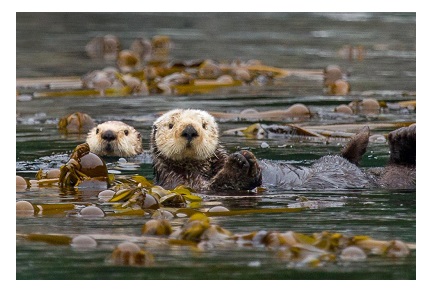

The Inside Passage not only offers breathtaking landscapes but also serves as a crucial habitat for a plethora of wildlife, making it a biodiversity hotspot. Among the notable species thriving in this region are the majestic bald eagles, the graceful orcas, and the charming sea otters. These animals are captivating to observe and play vital roles in maintaining the delicate balance of the ecosystem within the passage.
For instance, sea otters are considered keystone species as they help regulate the populations of sea urchins, which in turn impacts the health of kelp forests along the coast.
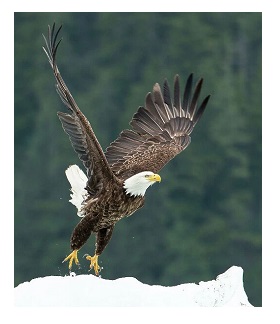
In the realm of conservation, organizations like the Alaska Fisheries Science Center are at the forefront of safeguarding the marine environments of the Inside Passage.
Through comprehensive research and monitoring programs, these entities work diligently to protect diverse marine life and ensure sustainable fisheries management practices.
By focusing on areas such as the study of fish diets, oceanographic conditions, and the impact of ocean acid, these organizations aim to preserve the natural resources of the Inside Passage for future generations.
This commitment to conservation underscores the significance of the Inside Passage as more than just a picturesque waterway but as a crucial ecosystem that requires careful stewardship to thrive.
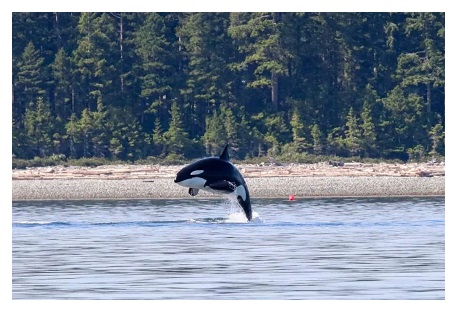
Recreational Opportunities Along the Inside Passage
The recreational opportunities along the Inside Passage are as diverse as the breathtaking landscapes surrounding them. For those seeking an up-close and personal experience with nature, kayaking is a popular and immersive activity.
Imagine gliding through calm waters, surrounded by lush forests and the possibility of spotting playful sea otters or majestic bald eagles. Kayaking allows adventurers to explore hidden coves and inlets that are inaccessible by larger vessels, providing a unique perspective on the pristine beauty of the Inside Passage.
Fishing enthusiasts are drawn to the abundant waters of the Inside Passage, known for world-class salmon and halibut fishing. Whether you are a seasoned angler or a novice fisherman, the opportunity to reel in a prized catch against towering glaciers and dense forests is an unforgettable experience.
Local charters and guides are available to lead fishing excursions, sharing their expertise and ensuring a memorable day on the water. The thrill of the catch, combined with the stunning natural scenery, makes fishing in the Inside Passage a must-do activity for outdoor enthusiasts.
Moreover, for those who prefer to keep their feet on solid ground, the Inside Passage offers an extensive network of hiking trails that cater to all skill levels. The Chilkoot Trail near Skagway is a historic route that meanders through the rugged terrain, providing hikers with panoramic views of snow-capped peaks and verdant valleys.
Traversing these trails allows adventurers to immerse themselves in the pristine wilderness of the region while discovering hidden gems along the way.
Whether you are seeking a stroll or a challenging trek, the hiking opportunities in the Inside Passage promise unforgettable vistas and encounters with the local flora and fauna.
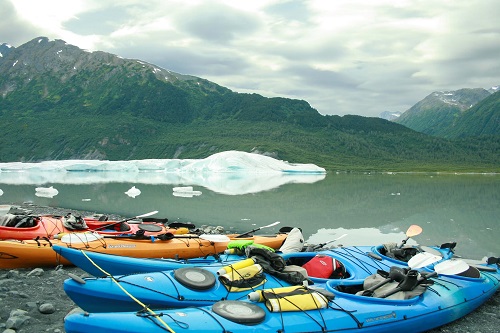
Towns and Cultural Heritage Sites
The towns scattered along the Inside Passage serve as gateways to unique historical and cultural experiences, enriching the journey through this scenic coastal route. Ketchikan, known as the "Salmon Capital of the World," not only offers a glimpse of iconic totem poles but also hosts the Tongass Historical Museum, showcasing the area's rich Native American heritage and the impact of the fishing industry on the region's development.
In Sitka, visitors can explore the Sitka National Historical Park, home to a collection of intricately carved totem poles and a Russian Bishop's House that provides a window into Alaska's Russian colonial past, blending seamlessly with the indigenous Tlingit culture.
Immersing oneself in the cultural fabric of Wrangell and Petersburg reveals a deep connection to the maritime history of the Inside Passage. In Wrangell, the renowned Petroglyph Beach State Historic Park presents ancient rock carvings that glimpse the lives of the indigenous people who once inhabited the area. At the same time, the Wrangell Museum delves into the town's past, including its ties to the Gold Rush era and the significance of the Stikine River.
Likewise, in Petersburg, the Clausen Memorial Museum not only showcases artifacts from the town's Norwegian heritage but also illustrates the fishing industry's pivotal role in shaping the local economy and culture, providing a comprehensive view of the town's evolution over the years.
These towns stand as cultural gems along the Inside Passage, inviting travelers to step back in time and explore the layers of history that have shaped this captivating coastal region.
/1004/site-assets/logo.png)
/1004/site-assets/phone.png)
/1004/site-assets/cart.png)
/1004/site-assets/dateseal.jpg)
/1004/site-assets/creditcards.png)